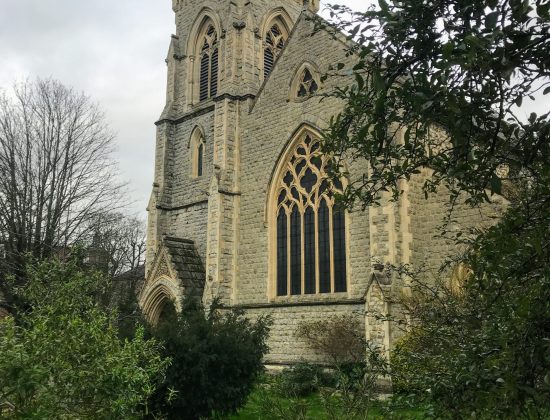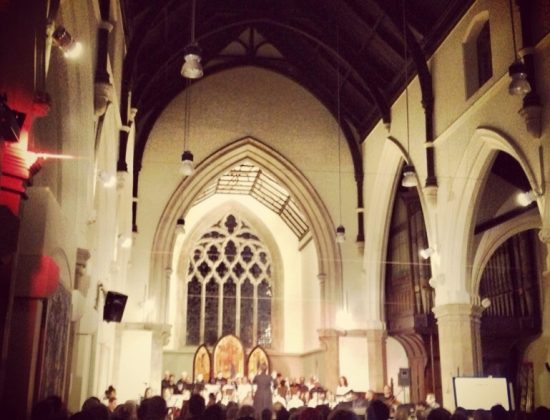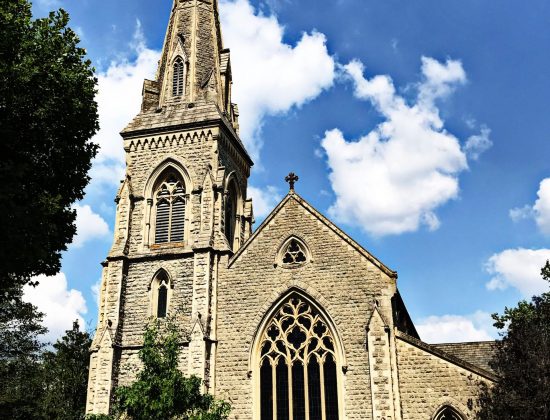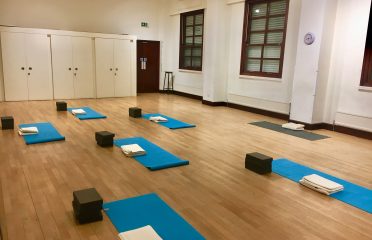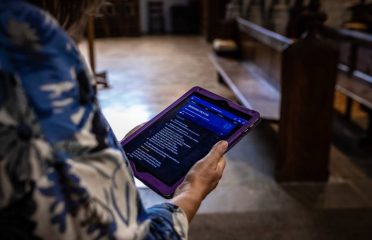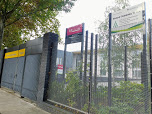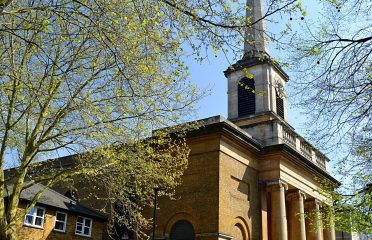Established in the mid-19th century, St Luke’s Church has been a cornerstone of spiritual life in London during one of its most transformative periods. This Anglican parish is dedicated to serving the ever-growing community by providing a welcoming space for worship and fellowship. Known for its commitment to quality service, St Luke’s fosters an inclusive atmosphere where individuals from diverse backgrounds can gather in faith. The church offers various programs that cater to all ages, promoting spiritual growth and community involvement. Join us at St Luke’s Church as we embrace our rich history while looking forward to a future filled with love and unity.
Rate us and Write a Review
Note: Data fetched from Google is temporarily stored and can change on latest API request every month.


